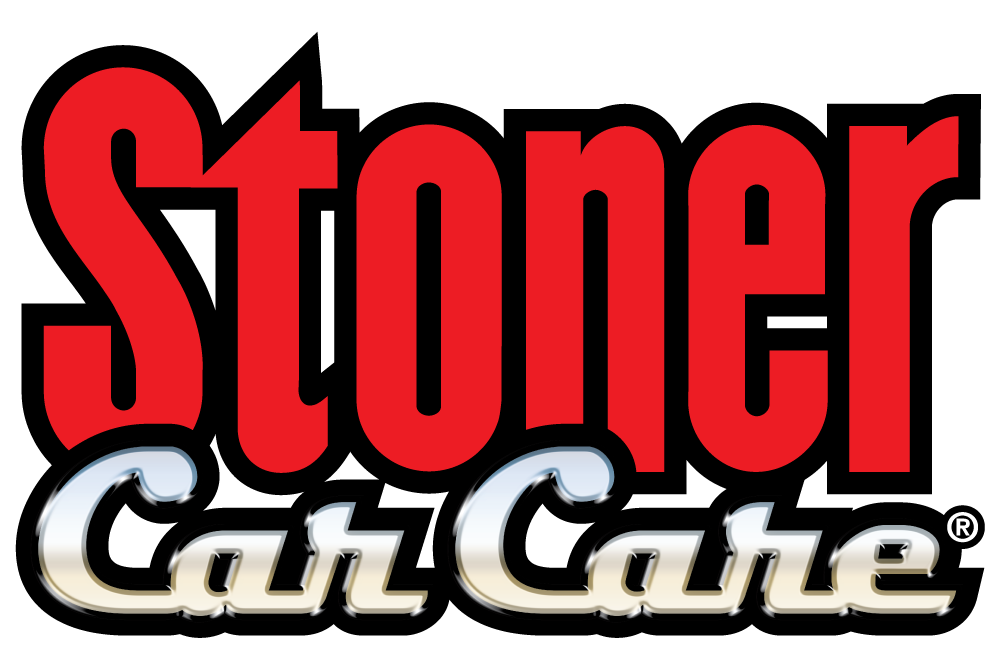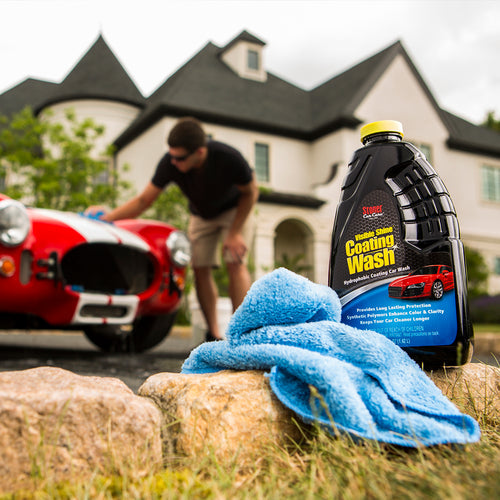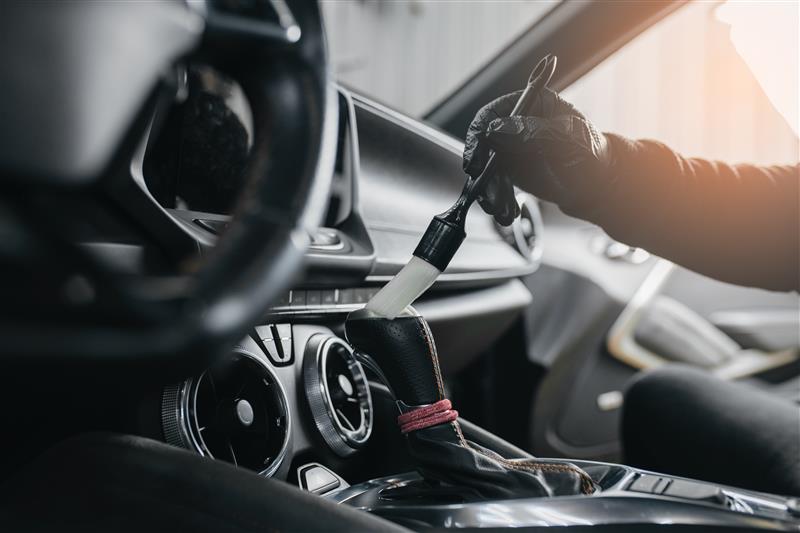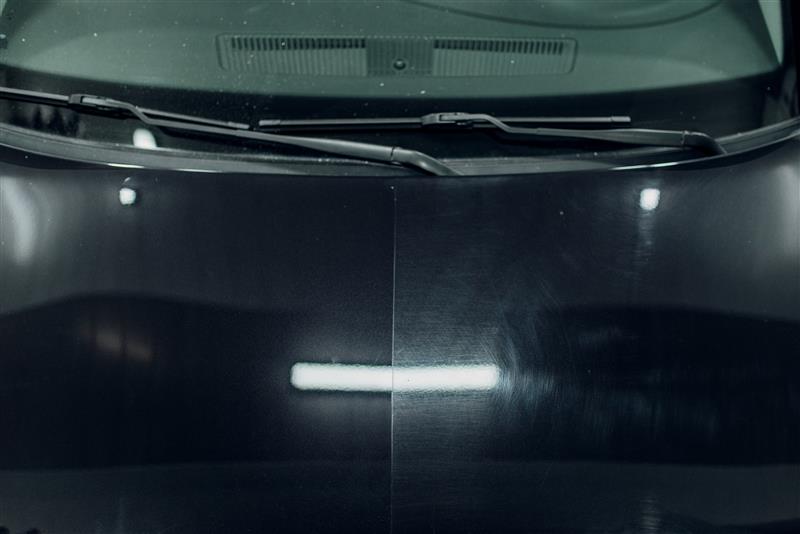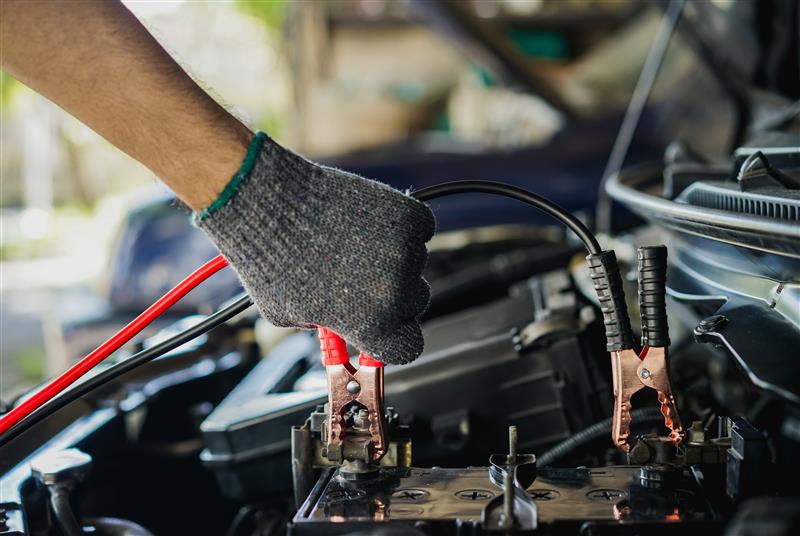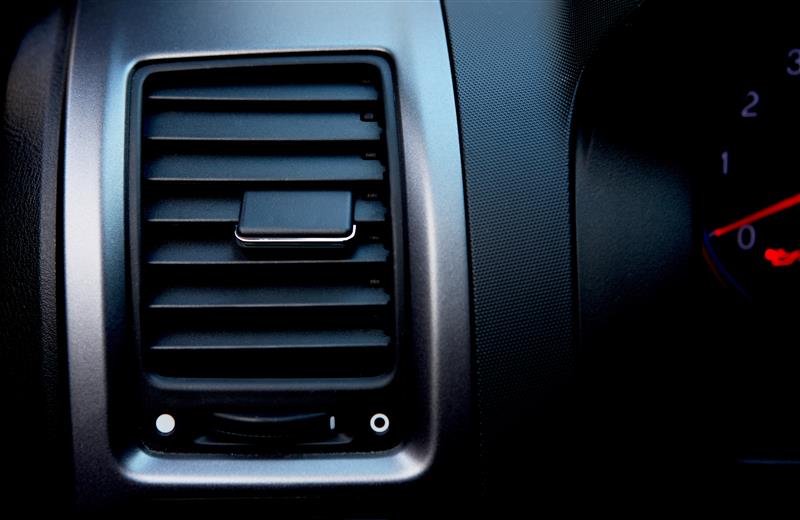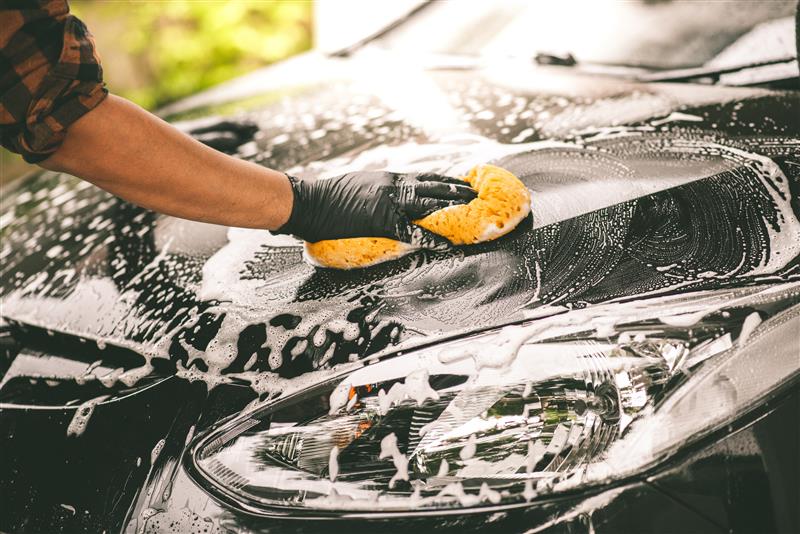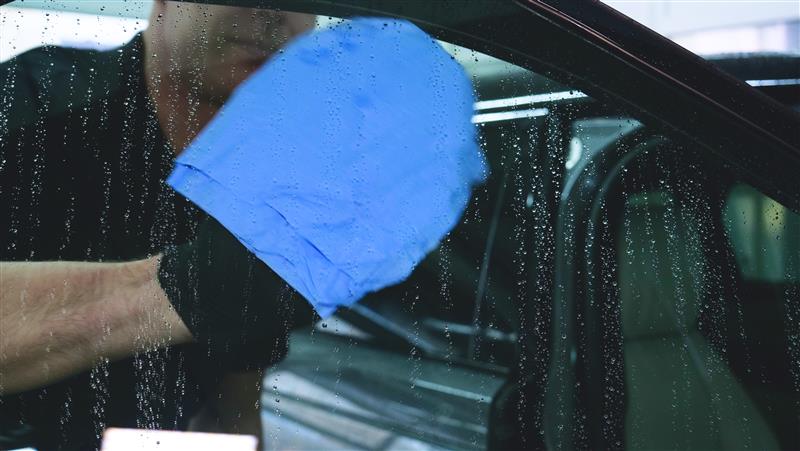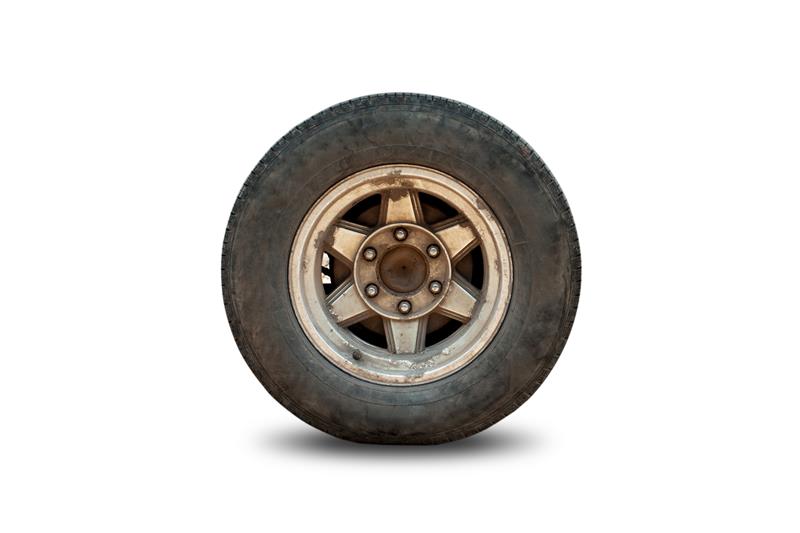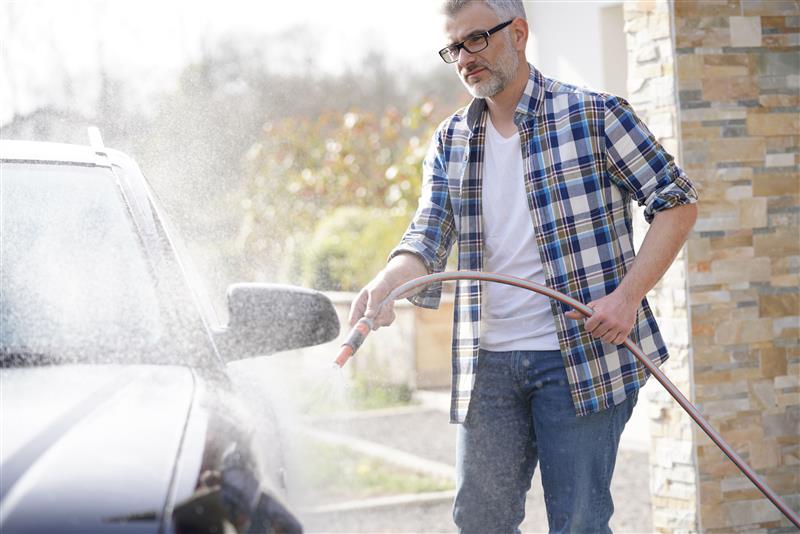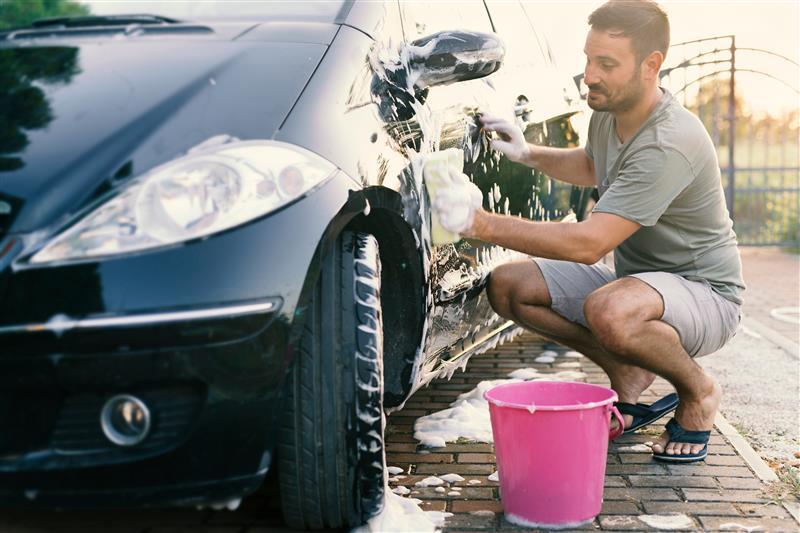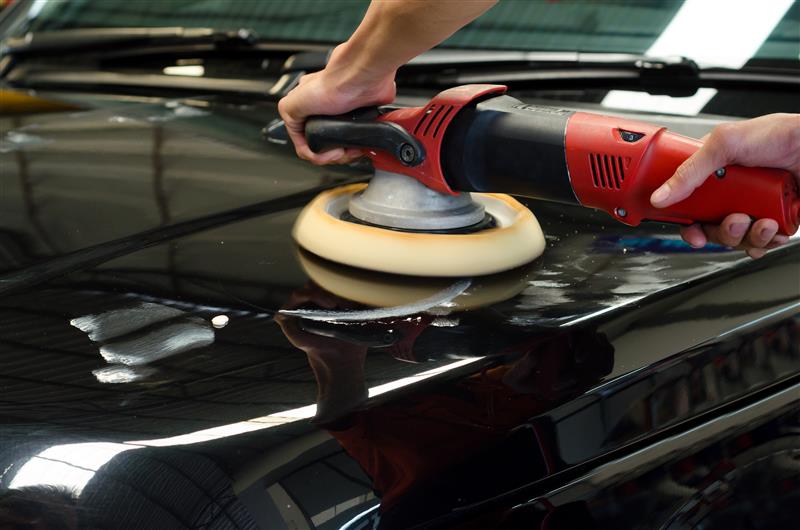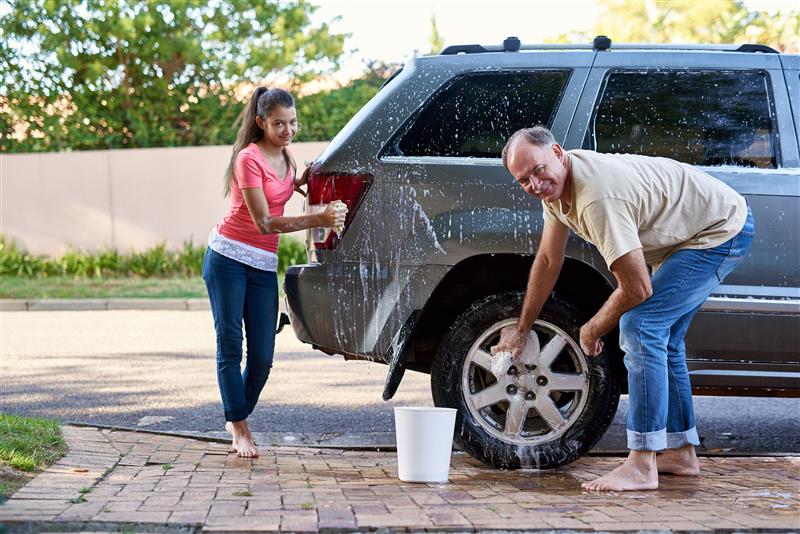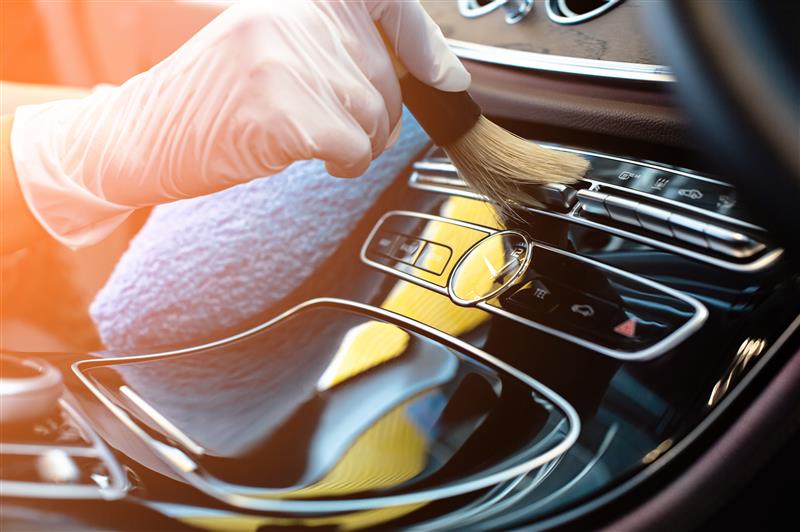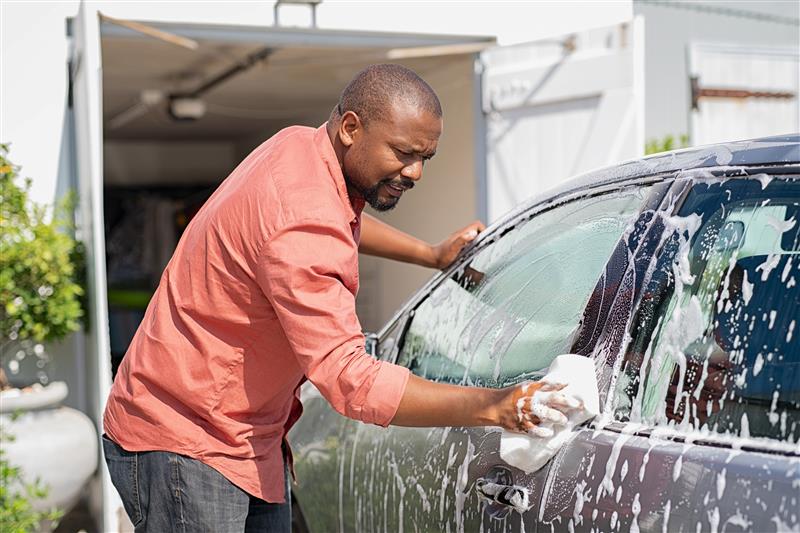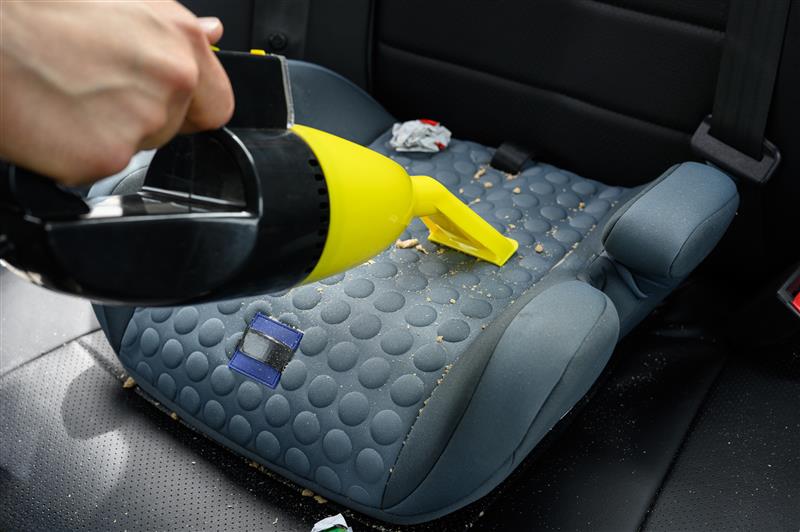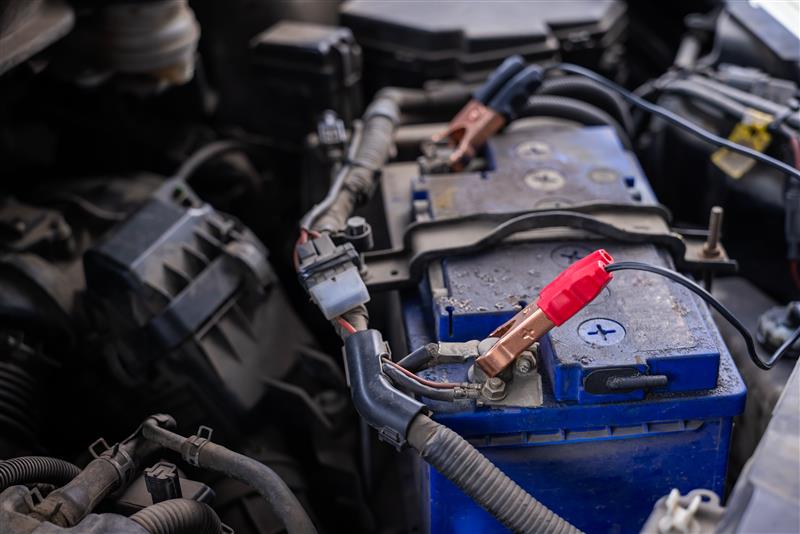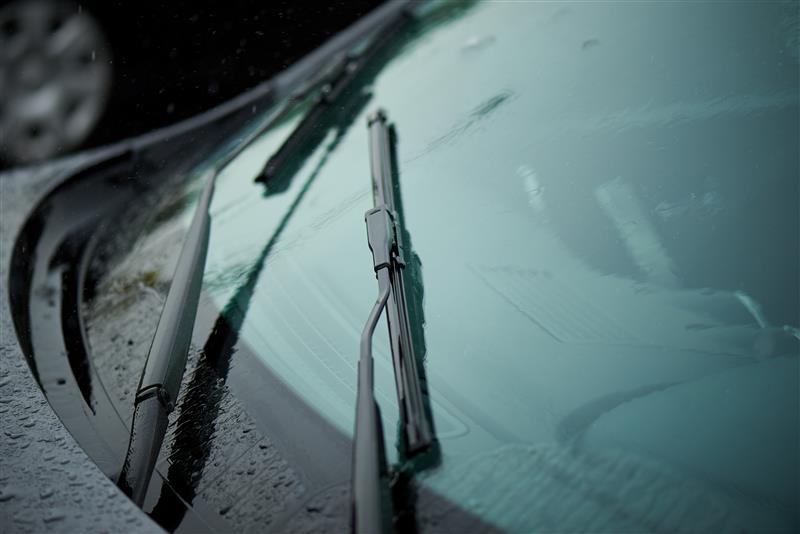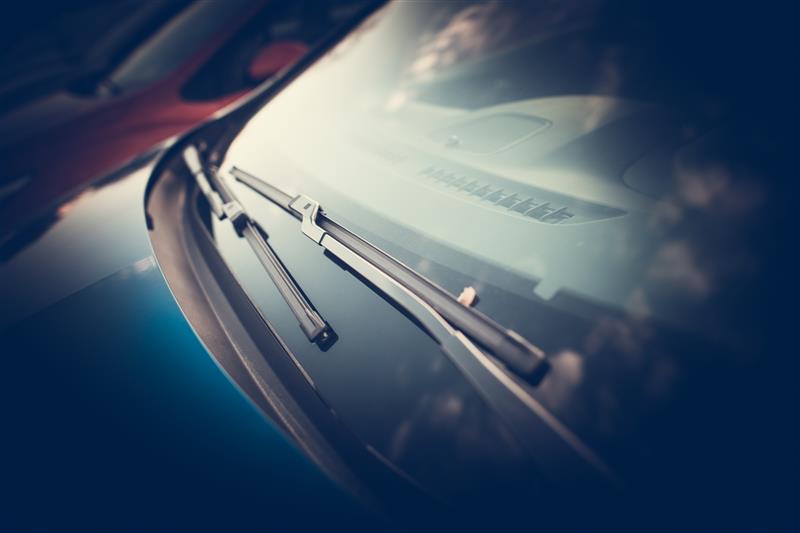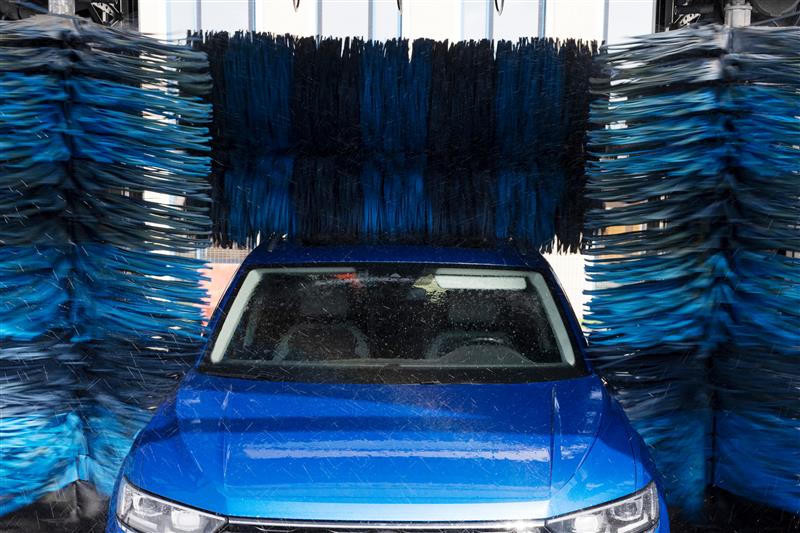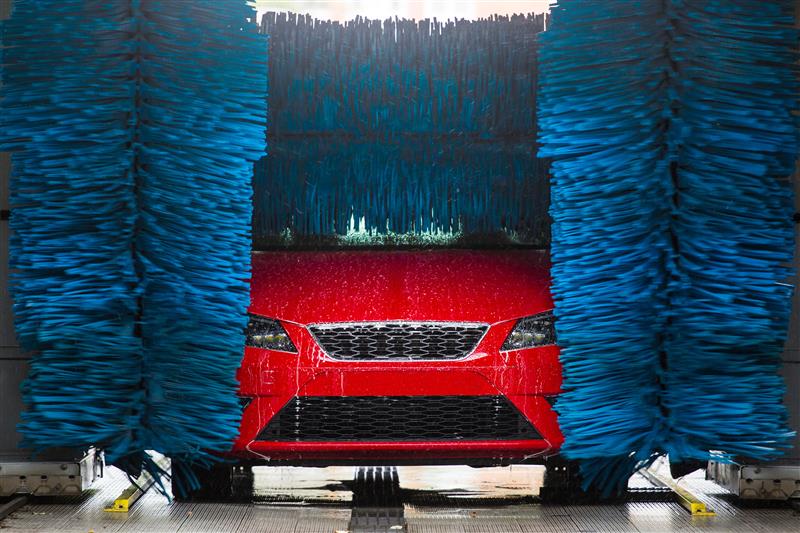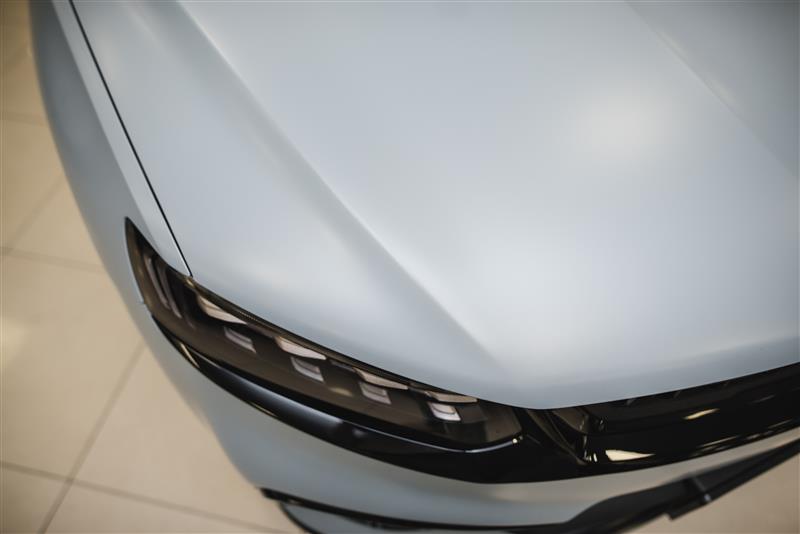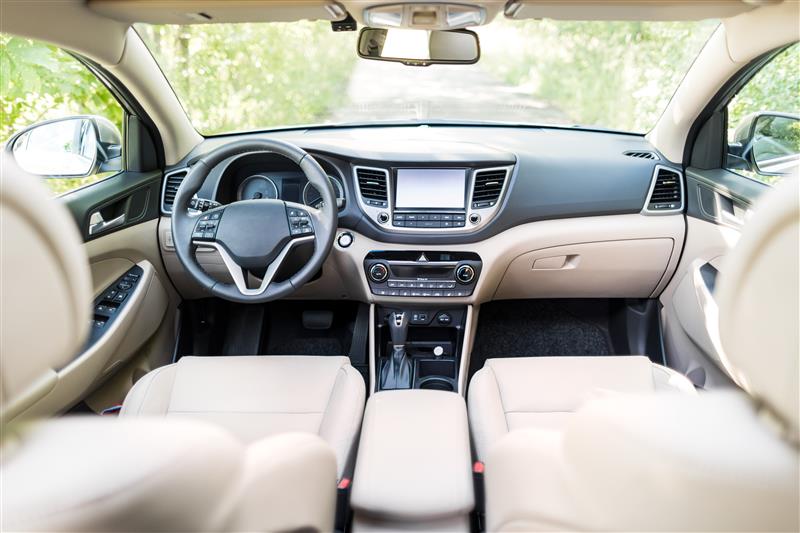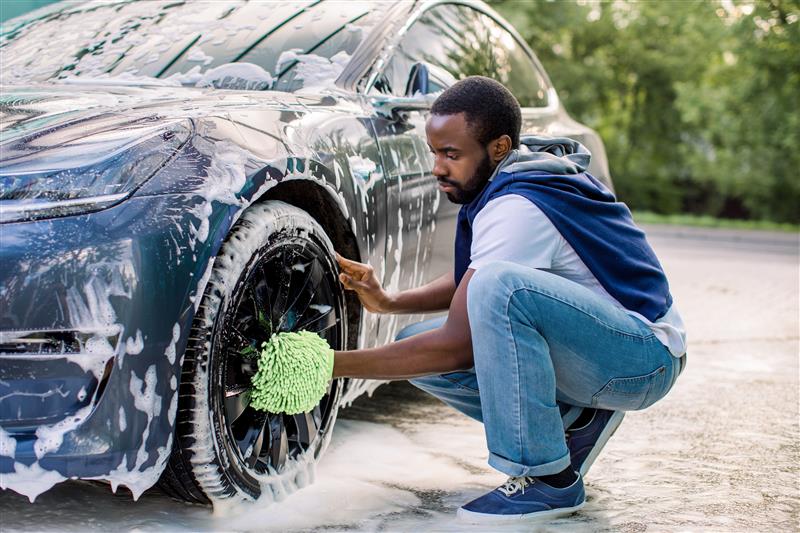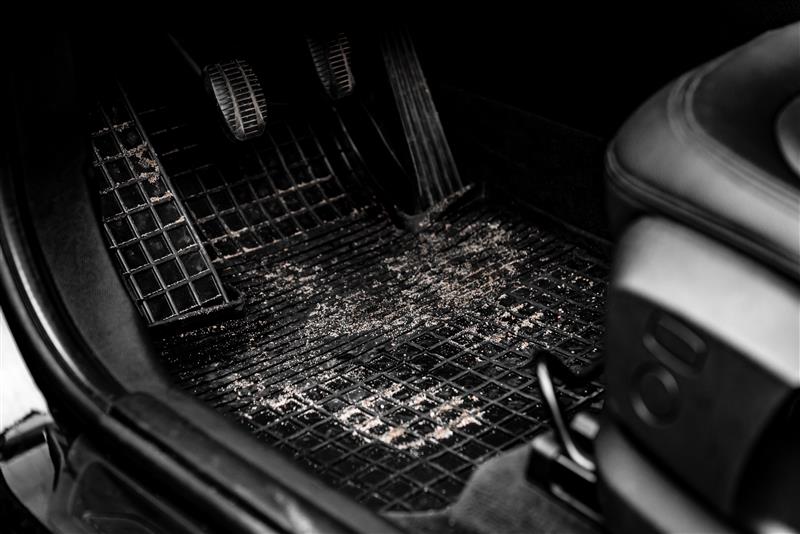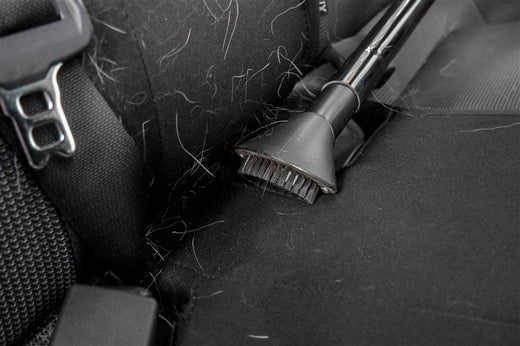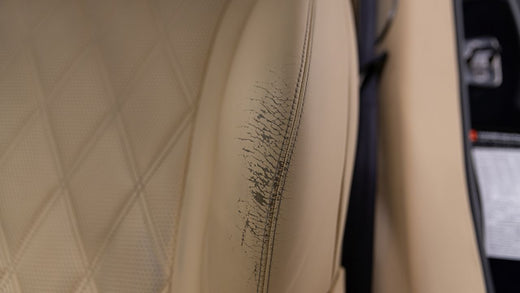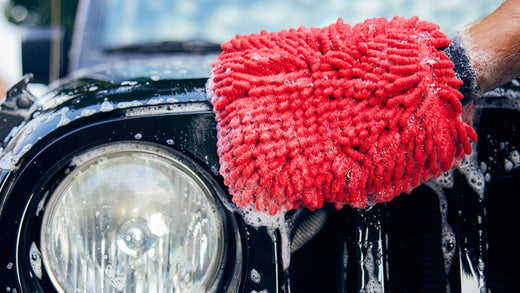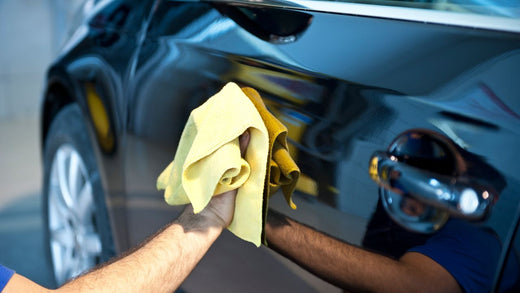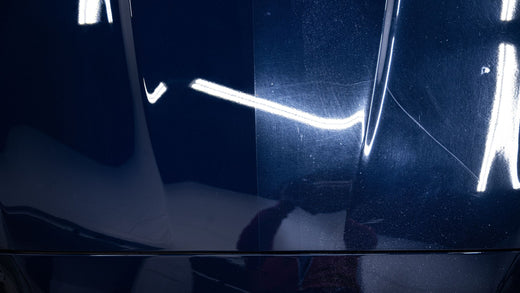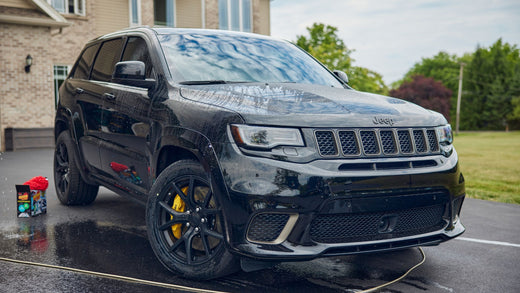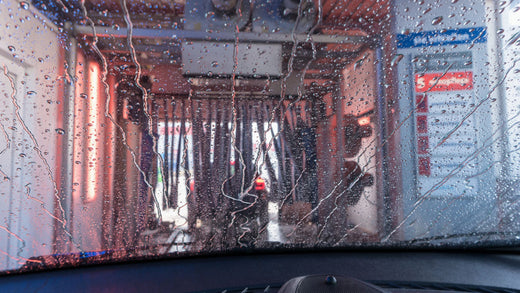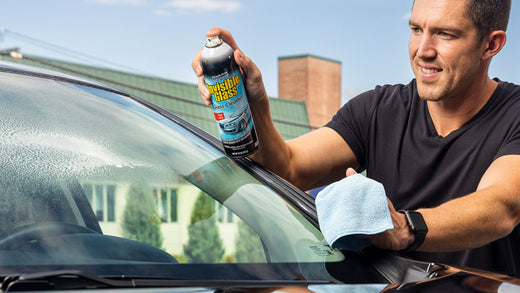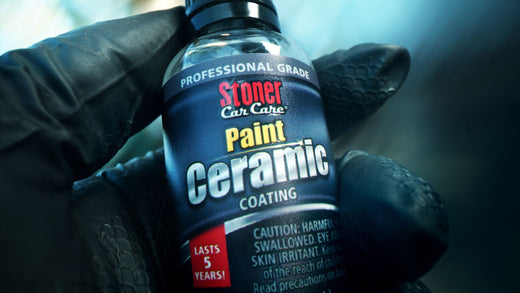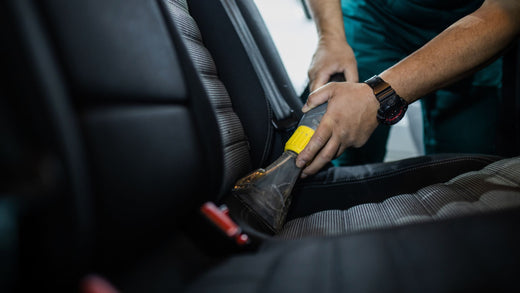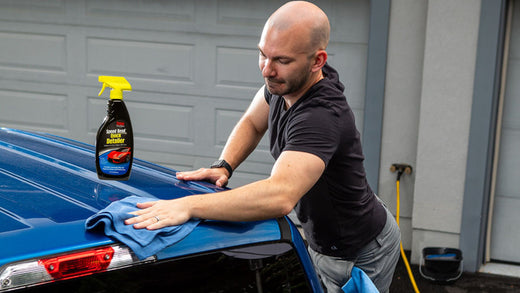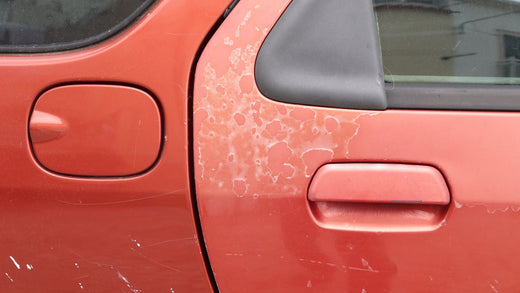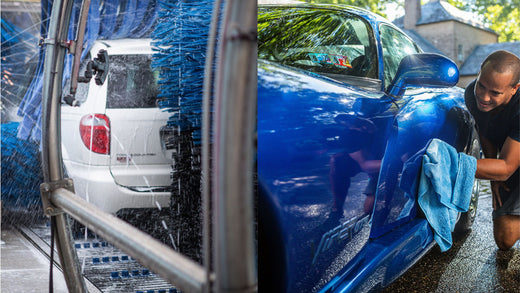Clear vision ahead with our holiday markdowns on Invisible Glass Ceramic Silicone Wiper Blades. Prices as marked.
With gas prices at record levels, we all want to save at the pump. Here is something you may not have considered: Clean cars are more fuel-efficient than dirty cars.
A study conducted by the cohosts of the popular show Mythbusters found that a dirty car's fuel economy was reduced by two miles per gallon compared to a clean car's mpg. The experiment determined that surface dirt placement generated additional drag, reducing fuel efficiency.
Clean cars not only look good, but they also perform better. Here's a step-by-step guide for fully detailing your exterior. To clean your dirty car exterior, follow these steps: Rinse off, apply wheel cleaner, wash the exterior, dry the surface, add a protective layer, and finish by cleaning your glass.
The science behind exterior contaminants
A host of everyday debris pummels your car's exterior. As you drive, loose road chips, salt, pollen, and even air particles batter your vehicle's outer surfaces.
Road chips
Vehicles weigh tons, and over time they wear down road materials. In addition, snowplows, studded road tires, salt, and even water accelerate asphalt breakdown. Loose chippings arise from poor bonds between the asphalt and aggregate. Tires fling small chips off the road's damaged surface, and these chips often stick to the vehicles behind them.
Road chips lie everywhere - a potential hazard each time you drive.
Salt
In temperate environments where winter snow falls, road salt keeps streets clear. Though ideal for melting snow and ice, salt is harsh on auto exteriors.
Road salt is corrosive. Due to technological advancements, salt may not visibly affect newer paint; however, salt creates issues elsewhere – namely, the undercarriage. Salt causes metal to break down and bubble up, weakening and eroding the material.
Pollen
Warmer clients are spared from road salt, but southern motorists face other challenges – like pollen. This unsightly yellow dust damages your exterior. Pollen's microscopic spikes help it stick to surfaces. While these spikes aid in plant reproduction, they can also scratch the paint if removed forcefully during cleaning. In addition, pollen contains acidic elements that activate when added to water.
As you can imagine, pollen is tricky to remove. Click here to read about the science behind pollen and its safe removal.
Ocean Air
Even seemingly perfect environments challenge your car's exterior, and coastal environments are no exception. The combination of UV rays, excessive heat, and salt air wreak havoc on your car's finish. Coastal environments are often humid, and dew and moisture find their way into your auto's nooks and crannies: brake calipers, nuts, and bolts. In these damp areas, frequent exterior washing is a must.
Getting started with cleaning
With a firm grasp of your auto's challenges, let's tackle the grime one step at a time. Before beginning, you should carefully plan the location of your vehicle and gather your cleaning implements – especially if you’re working in hot weather. Detailing under the right conditions is crucial to obtaining the best results.
Park the vehicle in an ideal spot
Before cleaning, pick an ideal spot for the process. Contrary to popular belief, direct sunlight hampers your efforts – especially in warmer areas. Click here for our guide about cleaning in hot weather. Working in direct sunlight causes water spots to form and dries your cleaner before it takes effect.
Pick an area with partial shade, perhaps a garage or under a tree. Partial shade offers enough light to work, minus the heat.
Rinse the surface
Begin by rinsing the surface of your car. Work from top to bottom, so any light debris trickles downward. Remember to spray the undercarriage of your vehicle. In this area, even a light spray helps to remove contaminants.
Undercarriages rarely get cleaned, and over time, contaminants build up. A light spray washes away much of this buildup.
The initial rinse down clears the surface of light debris. Also, rinse water provides lubrication, limiting the likelihood of scratches. While you have the hose out, fill up two wash buckets with water and car shampoo solution. Dilution and ratio specifics vary - be sure to check product labels.
Apply wheel cleaner
Wheels house all kinds of dirt; they're low to the ground with multiple cracks and crevices. Over time, heat from brake calipers bakes these contaminants onto the wheel's surface. Commonly found on wheels, brake dust can be difficult to remove. For tips and tricks on removing stubborn brake dust, check out our blog post here.
We placed wheel cleaner as step two in our process, but this assumes that you are working with a high or neutrally pH-based wheel cleaning product. If you're working with a low-pH or acidic wheel cleaner, wait to apply it until after the detailing is complete. Timing is everything with strong or acidic wheel cleaners, as they cause damage if left on for too long. Find the right wheel cleaner for you and apply it accordingly.
While most detailing methods recommend working from top to bottom, applying high or neutrally pH-based wheel cleaner at the beginning gives necessary time for lifting contaminants to the surface.
Wash the exterior
Designate your clean and dirty buckets, and then begin wiping the car with a wash mitt. Work from the top down, starting with the roof and ending with the trim. Use a liberal amount of car shampoo. Bubbles help the cleaning solution cling to the surface, allowing more time for debris and grime to lift. Allow the cleaning solution to sit for the recommended time before scrubbing. If you're working in a hotter environment, you may need to reapply water or solution.
Frequently filter out the wash mitt between the two buckets. Doing so removes pollen or other small debris that could damage the surface of your vehicle if vigorously scrubbed.
Dry off the surface
Once the entire exterior is clean, run a microfiber cloth across all surfaces. Have at least five clean, dry cloths at the ready. Running an already wet microfiber across the exterior spreads water around, causing water spots and prolonged drying time.
Speaking of water spots – you'll likely come across them if cleaning in hot weather. In most cases, these are simple to address: reapply water to the spot and immediately dry.
Thorough drying prepares your vehicle for the upcoming protection stage. Protective wax/sealants require a dry surface for effective application.
Apply a protective layer
Technically, your car is now clean; however, zero buffers protect your newly cleaned exterior from all the threats we previously reviewed. You took the time to clean your car, and it's only right that you correctly finish the job.
Apply a protective layer to the surface of your car to create a temporary buffer from pollutants such as UV rays, pollen, and salt. Common categories of car protection include wax and polymer sealants. We'll dive deep into each, but here's the basic run-down:
|
Wax |
Sealants |
|---|---|
| ● Natural ingredients ● Main ingredient is typically Carnauba wax, derived from Brazilian palm trees ● Provides a deep, warm shine ● Gives underlying color depth and vibrance ● UV protection degrades over time ● More susceptible to wear over time |
● Synthetic ingredients ● Made from petroleum derivatives, polymers, and resins ● Stronger and more durable than most waxes ● May last up to a year ● Greater resistance to UV rays and chemical erosion ● Higher surface tension ● Forms a hard, glass-like shell ● Glossy shine |
Waxes
Natural product fans prefer wax for protecting their car. Wax's main ingredient is carnauba wax, derived from palm trees. In nature, this wax coats palm leaves and protects them from intense heat and moisture. Farmers harvest raw carnauba as hard flakes and grind them into powder. This powder is then blended with other waxes, oils, and petroleum derivatives to become the product you use.
Waxes come in many forms to suit your preference of paste, liquid, or spray. Paste waxes are typically the most expensive, containing the most carnauba wax. Paste waxes produce the deepest color and shine but degrade most quickly.
Those seeking durability prefer liquid waxes, the longest-lasting wax. Liquids contain more synthetic ingredients, so they may be trickier to apply.
Spray waxes are the easiest to apply but only last a few weeks. Affordable and easy to find, sprays are a viable option for those with limited time or in need of a basic touch-up.
Waxes take longer to apply than sealants but produce a natural shine to bring out the depth and color of your paint.
Synthetics
Sealants are artificial, developed by chemical engineers as a mix of petroleum derivatives, polymers, and resins. Sealants produce a hard, durable shell that protects your paint. Synthetic products are more convenient than waxes, typically lasting longer and costing less.
Sealant pastes are the most common form. Typically much easier to apply than wax products, pastes are engineered for convenience and effectiveness, and application is much swifter than wax. The process varies from product to product, so always read instructions before applying.
Synthetic products won't produce the same depth of shine as wax. Still, many motorists prefer synthetics because they deliver a glossier shine than wax. In the end, it all comes down to preference.
Since both waxes and synthetics protect your car's exterior, select whichever you prefer; but be sure to choose one.
Glass cleaning
Glass cleaning comes last in the detailing process. Smudges from fingerprints, dog noses, or haze from smoke can obstruct your view of the road. Likewise, overspray from interior detailing can cause streaks or marks. Obscured vision is more than a simple annoyance.
Before using a glass cleaner, lift your front and rear wiper blades. Also, slightly lower the windows on all doors. A small area of glass gets covered up when you put your window up. Spray the top of the glass on both sides, and wipe in a circular motion. Once you've cleaned the top, roll up the window and finish the rest of the surface. Avoid wiping side-to-side or up-and-down; this causes streaking.
A windshield is a tricky place to detail. You're working at an angle on 12" of the dashboard. Simplify the process with something like the Reach & Clean tool. It penetrates tight spaces, including corners, angles, and narrow gaps of windshields. It is also easy to use - apply a cleaning bonnet to the cleaning head, spray the glass, and wipe it down. The cleaning heads of the Reach & Clean tool use velcro to attach the cleaning bonnet, allowing you to swap out at will.
Save cash with a shiny car!
That's it! A complete exterior detail takes time, but the results are worth it. Your car looks fresh, performs at its best, and remains protected from contaminants. A car is a significant investment, and routine cleaning protects your vehicle and wallet. Just follow these steps: Rinse off, apply wheel cleaner, wash the exterior, dry the surface, add a protective layer, and clean your glass. We can't help you with the price you'll pay at the pump, but we promise your efforts will result in a shiny ride.
